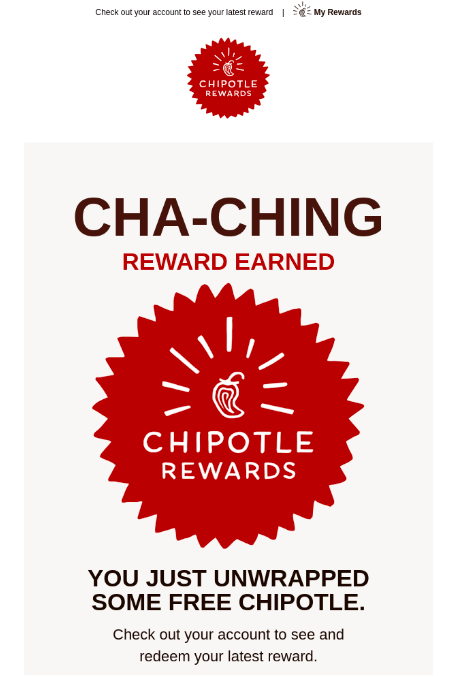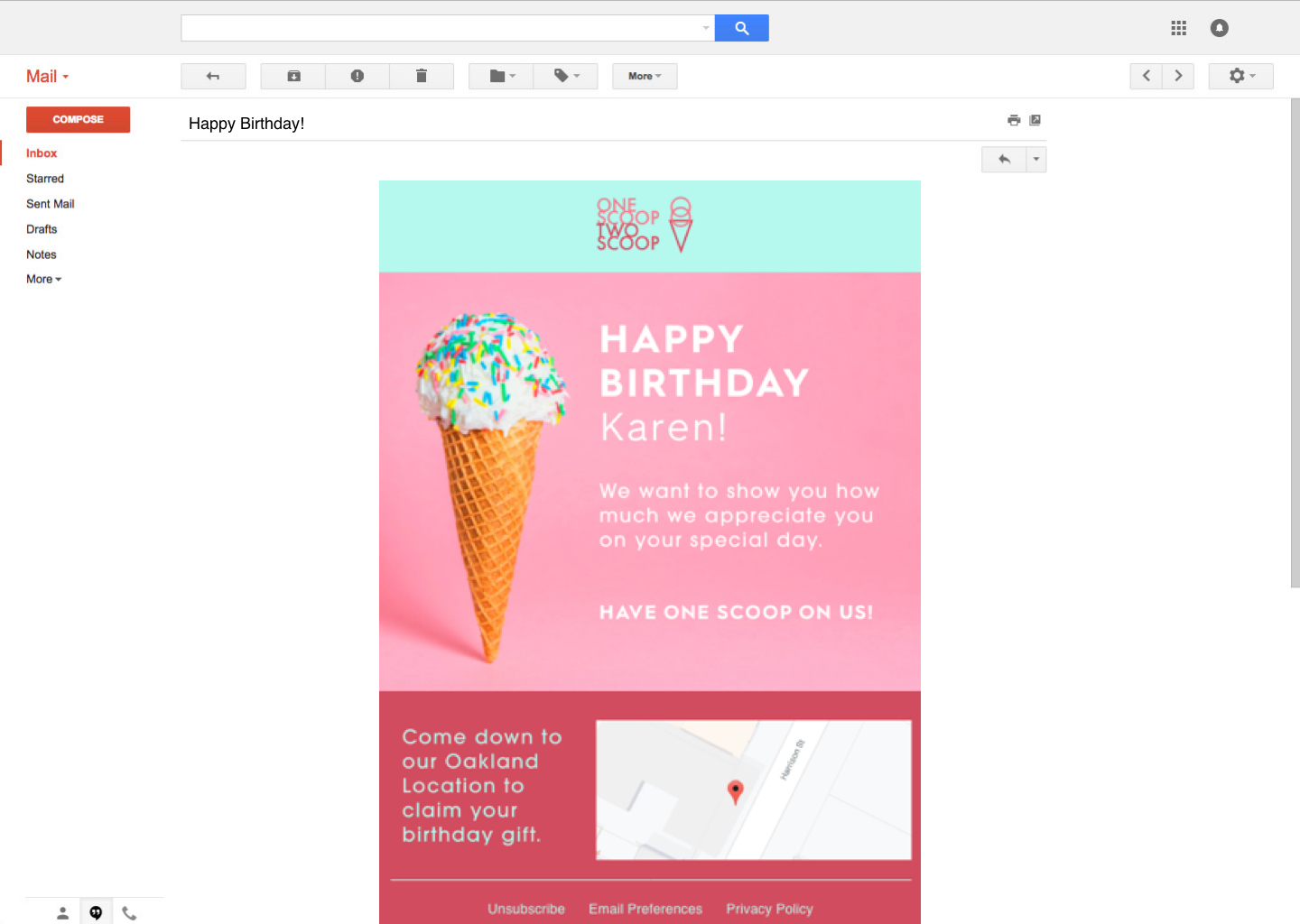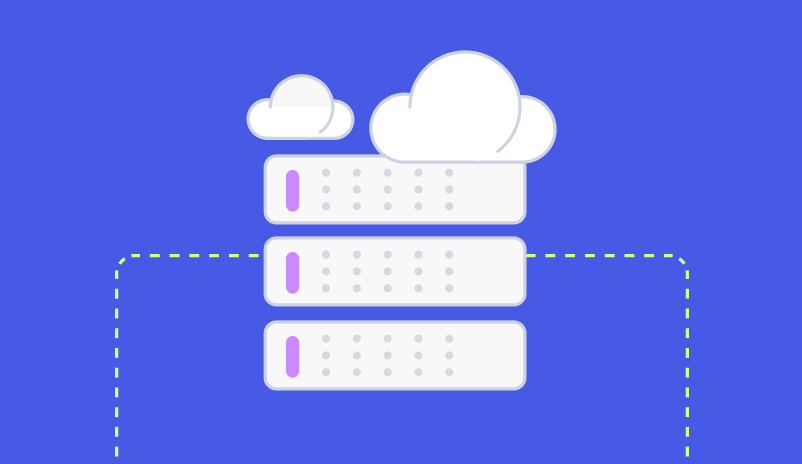4 emails you need to send in your loyalty program campaigns
When it comes to creating good email campaigns, you’ll rarely ever encounter a situation where just one email is good enough.
Of course, one email is better than none, but you can do a lot more, and catch some low hanging fruit, with campaigns that have multiple emails.
A welcome series is something that might come to mind with this concept. Most brands will have a handful of emails in a welcome campaign to help build some brand loyalty, engage customers, and ideally move them through the sales funnel.
The same concept should be true of loyalty programs too. All too often, brands send one, or worse, no emails to reards members and then call it a day. When building good brand loyalty, it’s critical to keep in touch with your customers, that’s where your rewards program email campaign can come into play.
Here are a few emails you should include in your loyalty program campaigns.
Welcome email
A welcome email isn’t only for when someone signs up to your email list. You should also send a welcome email when a customer becomes a part of your loyalty, rewards, or VIP program too.
A good welcome email will explain the basic details of your loyalty program. The program’s details might be obvious to you, but want your customers to read your email and have a solid understanding of how the program works and how to use those rewards.
Points updates
Most people don’t stay completely up to date with exactly how many rewards or points they have for a given brand or store. So, this provides you with an excellent opportunity to stay in touch with your customers.
There are a few approaches you can take here.
One is to include your customer’s points or tier level in every email you send, including transactional and marketing emails. It’s easy to have a quick line at the top of the email with this information, and it helps to remind your customers where they stand.
Another approach is to send out regular loyalty specific emails that also include point and tier information. Far too many customers say they never receive an email after signing up for a loyalty program; don’t let your brand fall into this trap.
Motivational emails
With your loyalty rewards platform, you have a lot of good data on your customers right at your fingertips that you can use to personalize emails. That means you can create smaller lists of customers who are just a few points away from the next tier or reward level.

When your customers are only one or two purchases away from the next level, you can send an email reminding them. This kind of email also serves as a great motivator to get your customers to buy. You can take it to the next level by including items that they’ve previously looked at or have in their shopping cart in this email to entice them even further.
You can take the same approach with emails that announce hitting a reward level or when a customer has enough point to buy something. For travel brands, especially, this sort of email can really encourage customers to cash in those points for an upcoming trip.
Birthdays and anniversaries
Look, part of the reason why any customer joins a loyalty program is because they want to get some special VIP perks. Makes sense, right?

Here, you can take the easy route to start and dig into your customer relationship management (CRM) tool and gather birthday information. Once you have that, you can automatically schedule a special birthday email to your loyalty members that offers a special something, including a free gift or bonus points.
If you aren’t collecting birthday information, you can also use the day your customer signed up for the rewards program. Create anniversary emails and give away the same perks as you’d find in a birthday email. It’s still a great way to remind customers of your loyalty program without needing additional information from them.
Get creative
As you can see, there are plenty of different emails you can send for your loyalty programs. So get creative.
Don’t discount the opportunities from creating a variety of emails that you can use as part of your overall loyalty campaign strategy. Showing your customers that you do care and that their participation in your program means something, can go a long way to building loyalty.
Grow your business and total sales




